Are you considering adding a Canadian Eskimo Dog to your family? If so, you are in for a loyal and hardworking companion. These dogs are known for their strength and endurance, making them ideal for outdoor activities such as hiking, sledding, and camping. They are also affectionate and protective of their family, making them excellent guard dogs. However, owning a Canadian Eskimo Dog requires a certain level of commitment and responsibility. Before making a decision, it is important to learn more about the breed’s temperament, exercise needs, and potential health issues.
Breed Category: Working
Country of Origin: Canada
Average Size:58-70 cm
Average Weight:30-40 kg
Average Life Span: 10-12 years
Grooming Requirements: Moderate
Exercise Requirements:High
History and Origin
The Canadian Eskimo Dog, also known as the Qimmiq, is a breed of dog that has been used by the Inuit people of Canada for centuries. These dogs were originally bred for hunting and transportation purposes, and were highly valued by the Inuit for their strength, endurance, and loyalty.
The history of the Canadian Eskimo Dog can be traced back to the Thule people, who lived in the Arctic regions of North America from around 1000 AD to 1600 AD. These people used dogs for transportation and hunting, and it is believed that the Canadian Eskimo Dog is descended from the dogs that the Thule people used.
The Canadian Eskimo Dog was also used by the Inuit people for transportation and hunting, and was an important part of their culture and way of life. These dogs were used to pull sleds across the snow and ice, and were also used to hunt seals, polar bears, and other animals. The Inuit people believed that the dogs had a special connection to the spirit world, and treated them with great respect and care.
In the early 20th century, the Canadian government began to take an interest in the Canadian Eskimo Dog, and began to use them for transportation and exploration purposes. These dogs were used on expeditions to the Arctic and Antarctic, and were also used to transport supplies and equipment to remote areas. However, as technology advanced and other forms of transportation became available, the use of the Canadian Eskimo Dog began to decline.
Today, the Canadian Eskimo Dog is considered to be a rare breed, with only a few hundred dogs remaining in the world. The breed is recognized by the Canadian Kennel Club, and efforts are being made to preserve and protect the breed. However, the Canadian Eskimo Dog is still facing many challenges, including habitat loss, climate change, and competition from other dog breeds.
Despite these challenges, the Canadian Eskimo Dog remains an important part of Canadian history and culture. The breed is a symbol of the strength, endurance, and resilience of the Inuit people, and is a reminder of the important role that dogs have played in the history of Canada. As we continue to face new challenges and changes in our world, it is important to remember and honor the legacy of the Canadian Eskimo Dog, and to work to protect and preserve this important breed for
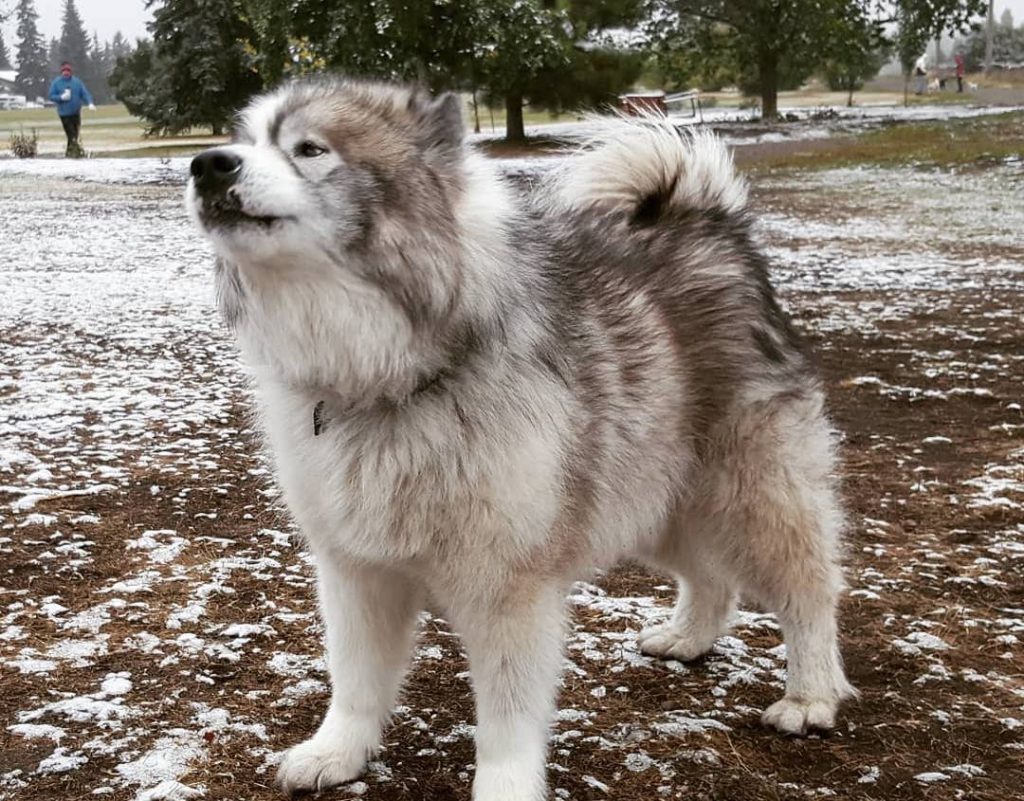
Size and Breed Category
The Canadian Eskimo Dog is a large breed of dog that is native to the Arctic regions of Canada. They are a powerful and muscular breed, with a thick coat of fur that helps to protect them from the harsh winter weather. The average weight of a male Canadian Eskimo Dog is around 30-40kg, while females typically weigh between 18-30kg. They stand at an average height of 58-70cm at the shoulder.
The Canadian Eskimo Dog is classified as a working breed, and they were traditionally used by the Inuit people for hunting and transportation. They are known for their endurance and strength, and they are able to pull heavy loads over long distances. Despite their size and strength, they are also known for their loyalty and affection towards their owners. However, due to their working background, they require a lot of exercise and mental stimulation to keep them happy and healthy.
Fur Length and Colour
The fur of the Canadian Eskimo Dog is thick and dense, providing excellent insulation against the harsh Arctic climate. The fur is typically medium to long in length, with a soft undercoat and longer, coarser guard hairs. The fur can be a range of colours, including white, black, grey, and brown, often with a mix of colours in a single dog. Some dogs may have a distinctive mask-like pattern on their face, with darker fur around the eyes and muzzle. The fur is also water-resistant, helping to keep the dog dry in wet conditions.
The colour of the Canadian Eskimo Dog’s fur can vary depending on the individual dog and its ancestry. Some dogs may have a predominantly white coat, while others may have more black or grey fur. The fur can also be a mix of colours, with patches of brown or other shades. The fur colour may also change as the dog ages, with some dogs becoming lighter or darker over time. The fur is an important adaptation for the Canadian Eskimo Dog, allowing it to survive in the harsh Arctic environment and stay warm in even the coldest temperatures.
Termperament and Trainability
Canadian Eskimo Dogs are known for their strong-willed and independent temperament. They are a breed that requires an experienced and confident owner who can establish themselves as the pack leader. These dogs are highly intelligent and have a strong prey drive, which can make them difficult to train. However, with consistent and patient training, they can excel in obedience and agility. It is important to socialize Canadian Eskimo Dogs from a young age to prevent them from becoming overly protective or aggressive towards strangers. Overall, this breed requires a firm but fair approach to training.
In terms of trainability, Canadian Eskimo Dogs are known for their endurance and strength. They were originally bred to pull sleds and hunt, and as such, they require a lot of physical exercise to keep them mentally and physically stimulated. These dogs thrive in colder climates and are well-suited to outdoor activities such as hiking, running, and sledding. While they can be stubborn and independent, they are also loyal and affectionate towards their owners. With the right training and socialization, Canadian Eskimo Dogs can make excellent companions for those who are willing to put in the time and effort to meet their needs.
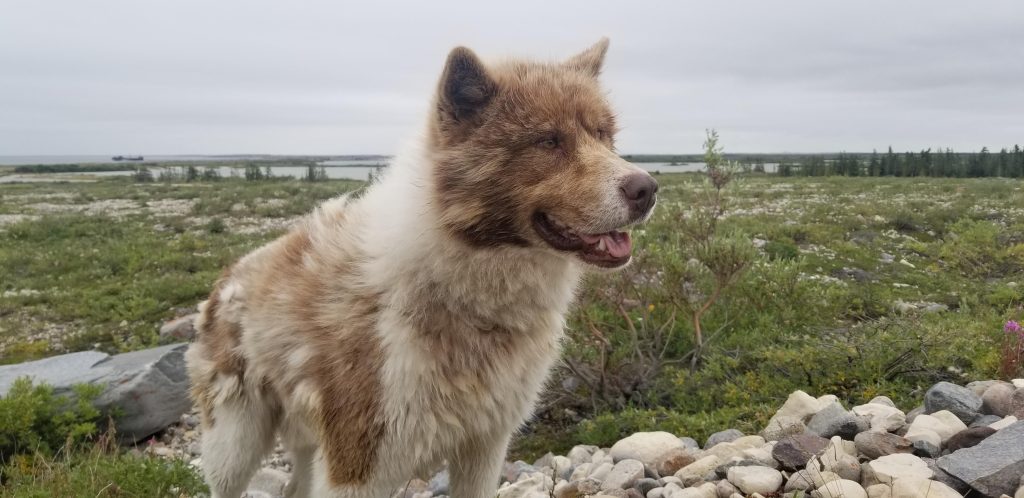
Known Health Conditions
Canadian Eskimo Dogs are known to be prone to certain health conditions. One of the most common issues is hip dysplasia, which is a genetic condition that affects the hip joint. This can cause pain, stiffness, and difficulty walking, and can lead to arthritis later in life. To prevent this condition, it is important to only breed dogs that have been screened for hip dysplasia and have good hip scores. Additionally, maintaining a healthy weight and providing regular exercise can help to reduce the risk of hip dysplasia.
Another health condition that Canadian Eskimo Dogs are susceptible to is progressive retinal atrophy (PRA). This is a degenerative eye disease that can lead to blindness. Symptoms of PRA include night blindness, dilated pupils, and a loss of peripheral vision. Unfortunately, there is no cure for PRA, but early detection can help to slow the progression of the disease. Regular eye exams by a veterinarian can help to catch PRA early on, and breeding dogs that have been screened for PRA can help to reduce the incidence of the disease in future generations.
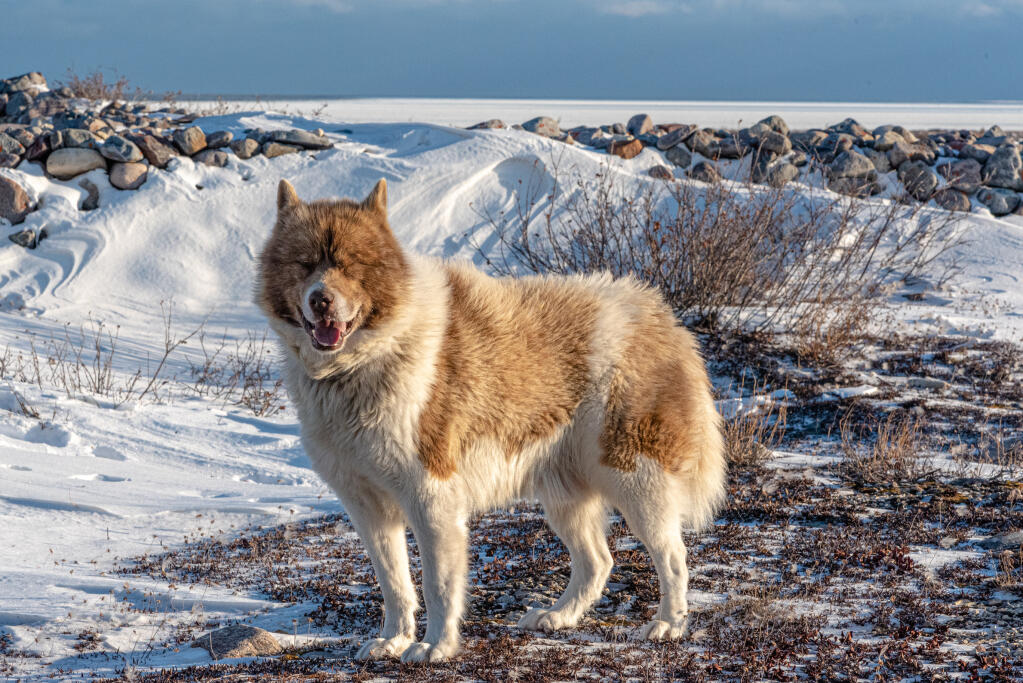
Openness to Strangers
Canadian Eskimo Dogs are known for their friendly and welcoming nature towards strangers. They are a breed that is always eager to meet new people and make new friends. This openness to strangers is a trait that is deeply ingrained in their nature and is a result of their long history of living in close proximity to humans. These dogs are highly social animals and thrive on human interaction, which is why they are always happy to greet new people with wagging tails and friendly barks. Their friendly nature makes them excellent companions for families and individuals who are looking for a loyal and affectionate pet.
Despite their friendly nature, Canadian Eskimo Dogs can be quite reserved and cautious around strangers at first. They are a breed that is highly attuned to their surroundings and are always on the lookout for potential threats. This cautiousness is a result of their long history of living in harsh and unforgiving environments, where they had to be constantly vigilant in order to survive. However, once they have had a chance to assess a new person or situation, they quickly warm up and become friendly and affectionate. This combination of caution and friendliness makes them excellent watchdogs and loyal companions for those who are looking for a dog that is both protective and loving.
Playfulness Level
The Canadian Eskimo Dog is a highly energetic and playful breed that loves to engage in physical activities. They are known for their love of play and their ability to keep themselves entertained for hours on end. This breed is particularly fond of games that involve running, jumping, and chasing, and they are always eager to participate in any activity that allows them to burn off some energy. Whether it’s playing fetch, going for a run, or simply chasing after a ball, the Canadian Eskimo Dog is always up for a good time.
Despite their playful nature, the Canadian Eskimo Dog is also a highly intelligent breed that requires mental stimulation in addition to physical exercise. They are quick learners and enjoy games that challenge their minds, such as puzzle toys and interactive games. This breed is also highly social and loves to interact with their owners and other dogs. They thrive in environments where they can play and socialize with others, and they are always eager to make new friends. Overall, the Canadian Eskimo Dog is a highly playful and social breed that requires plenty of exercise and mental stimulation to stay happy and healthy.
Suitability as a Pet for Children
Canadian Eskimo Dogs, also known as Qimmiq, have been used for centuries by the Inuit people for transportation and hunting. They are highly intelligent, loyal, and have a strong work ethic. Due to their history as working dogs, they require a lot of exercise and mental stimulation to keep them happy and healthy. They are also known to be independent and stubborn, which can make training a challenge. However, with patience and consistency, they can make great pets for families with older children who are able to handle their size and energy. It is important to note that Canadian Eskimo Dogs have a thick double coat and shed heavily twice a year, so regular grooming is necessary to keep them comfortable and healthy.
Exercise Needs
Canadian Eskimo Dogs are highly active and energetic dogs that require a lot of exercise to maintain their physical and mental health. They are a breed that thrives on physical activity and enjoys being outdoors. As a result, they require a minimum of 2 hours of exercise per day, which should include both physical and mental stimulation. This can be achieved through activities such as long walks, hikes, runs, and playtime in a secure and safe area. It is important to note that Canadian Eskimo Dogs have a high prey drive, so they should always be kept on a leash or in a secure area to prevent them from chasing after small animals.
In addition to physical exercise, Canadian Eskimo Dogs also require mental stimulation to prevent boredom and destructive behavior. This can be achieved through activities such as obedience training, agility training, and interactive toys. These activities not only provide mental stimulation but also help to strengthen the bond between the dog and their owner. It is important to note that Canadian Eskimo Dogs are highly intelligent and independent, so training should be consistent and firm but also positive and rewarding. With proper exercise and mental stimulation, Canadian Eskimo Dogs can make excellent companions for active individuals or families who are willing to provide them with the physical and mental stimulation they require.
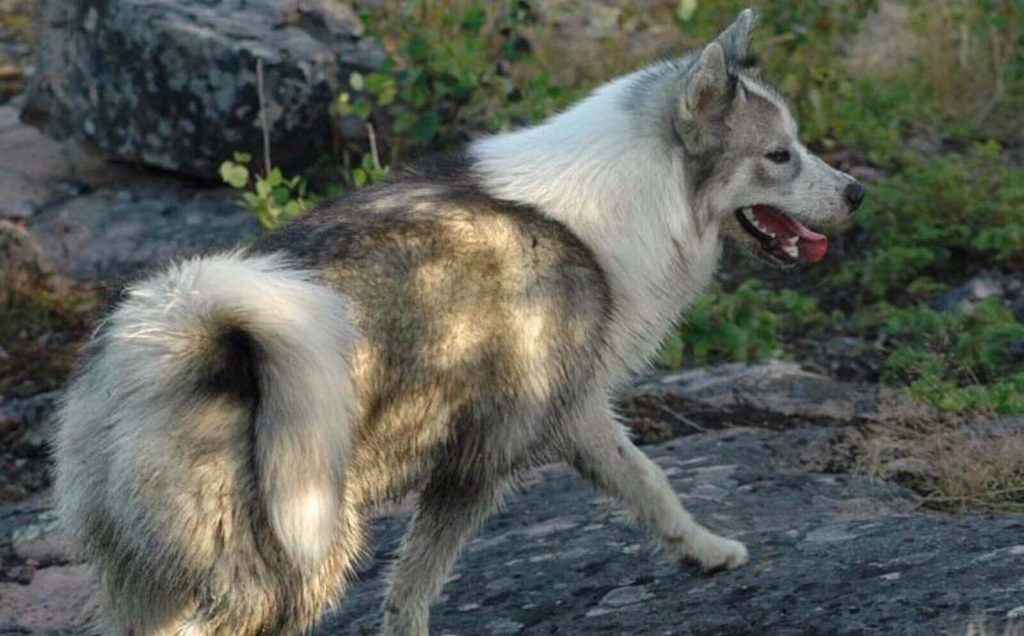
Suitability for a Multi-Pet Family
Canadian Eskimo Dogs have a strong pack mentality and are known to be highly social animals. They thrive in the company of other dogs and are often used to pull sleds in teams. However, due to their strong prey drive, they may not be suitable to live with smaller pets such as cats or rabbits. It is important to introduce them to other pets at a young age and supervise their interactions to ensure everyone’s safety.
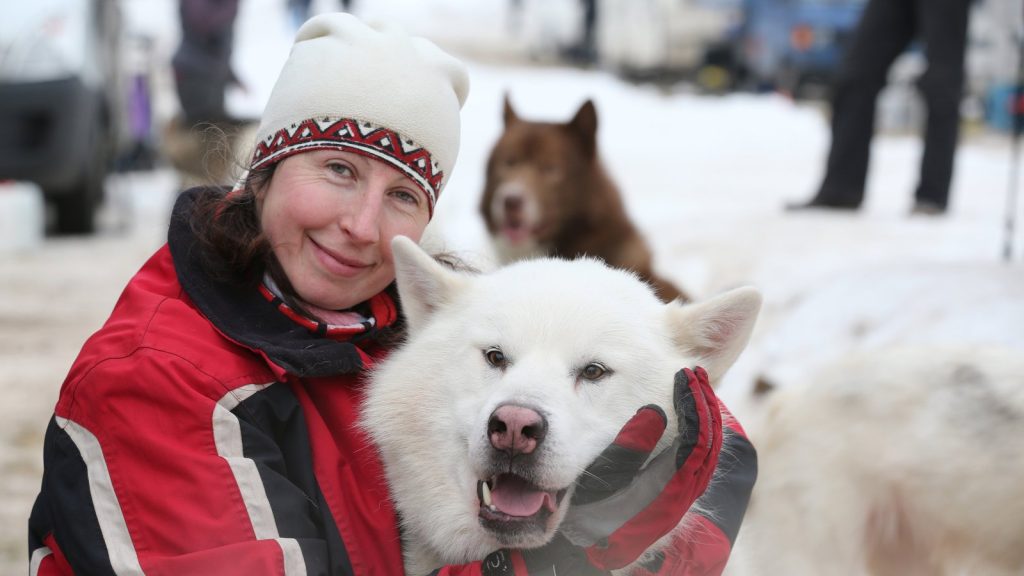
Housing Requirements
Canadian Eskimo Dogs require a spacious and sturdy shelter that can withstand harsh weather conditions. The shelter should be well-insulated and have a raised floor to keep the dog dry and warm. The size of the shelter should be proportional to the size of the dog, with enough room for the dog to stand up, turn around, and lie down comfortably. The shelter should also have a door that can be closed to protect the dog from wind, rain, and snow. Additionally, the shelter should be placed in a location that provides shade in the summer and protection from the wind in the winter.
Canadian Eskimo Dogs require a large and secure outdoor space to exercise and play. The space should be fenced and have a minimum height of 6 feet to prevent the dog from jumping over. The space should also be free of any hazards such as sharp objects or toxic plants. Canadian Eskimo Dogs are highly active and require daily exercise, so the outdoor space should be large enough for the dog to run and play. Additionally, the outdoor space should have access to clean water and shade to keep the dog cool and hydrated during hot weather.
Summary
The Canadian Eskimo Dog is a highly specialized breed that has been developed over centuries to thrive in the harsh Arctic environment. Due to their unique characteristics, they are not suitable as pets for most people. They require a lot of space, exercise, and attention, and are not well-suited to living in urban environments. Additionally, they have a strong prey drive and may not be compatible with other pets. While they can make loyal and affectionate companions for those who are willing to put in the time and effort to properly care for them, they are not a good choice for the average pet owner.
Canadian Eskimo Dog FAQS
Canadian Eskimo Dogs are intelligent but can be stubborn, so early and consistent training is important.
Yes, Canadian Eskimo Dogs are known for their gentle and affectionate nature towards children.
Canadian Eskimo Dogs have a strong prey drive and may not be suitable for households with small pets.
Canadian Eskimo Dogs are generally healthy, but may be prone to hip dysplasia and eye problems.
Yes, Canadian Eskimo Dogs require regular brushing and grooming to maintain their thick coat.
Yes, Canadian Eskimo Dogs have a thick double coat and shed heavily twice a year.
Canadian Eskimo Dogs are highly active and require at least 2 hours of exercise per day.
The recommended daily intake for a Canadian Eskimo Dog is 2-3 cups of high-quality dog food.
The average weight of a Canadian Eskimo Dog is between 30-40 kg.
The average lifespan of a Canadian Eskimo Dog is 10-12 years.
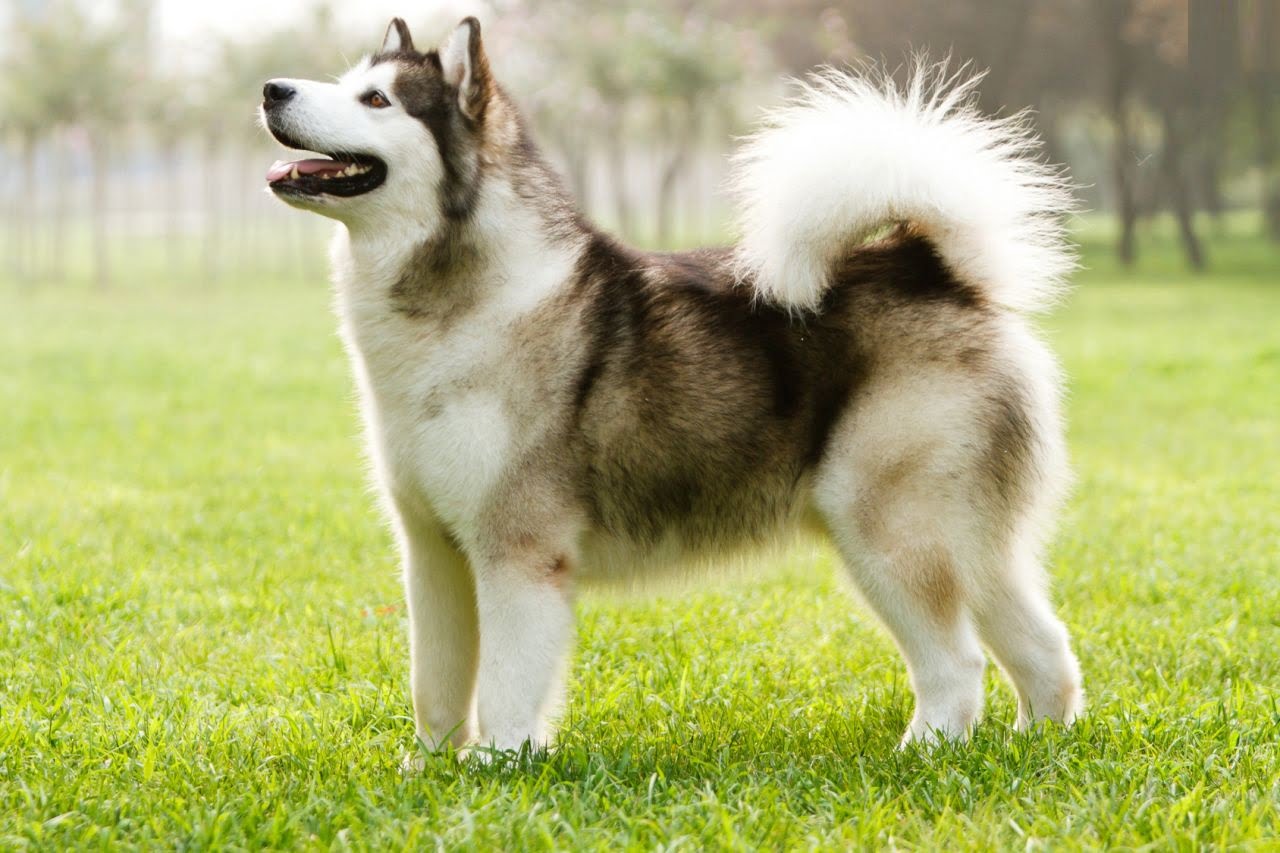
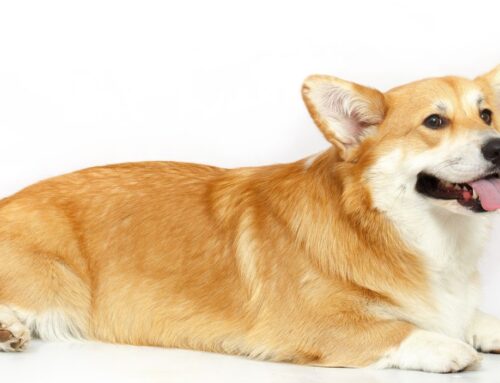

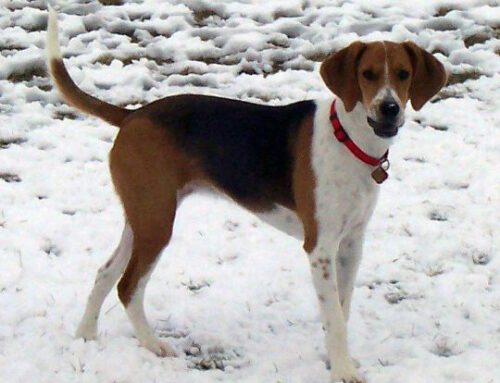
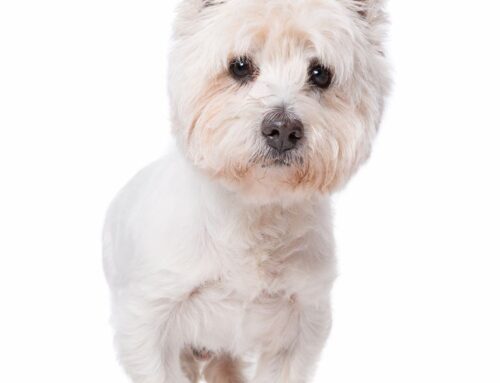

Leave A Comment